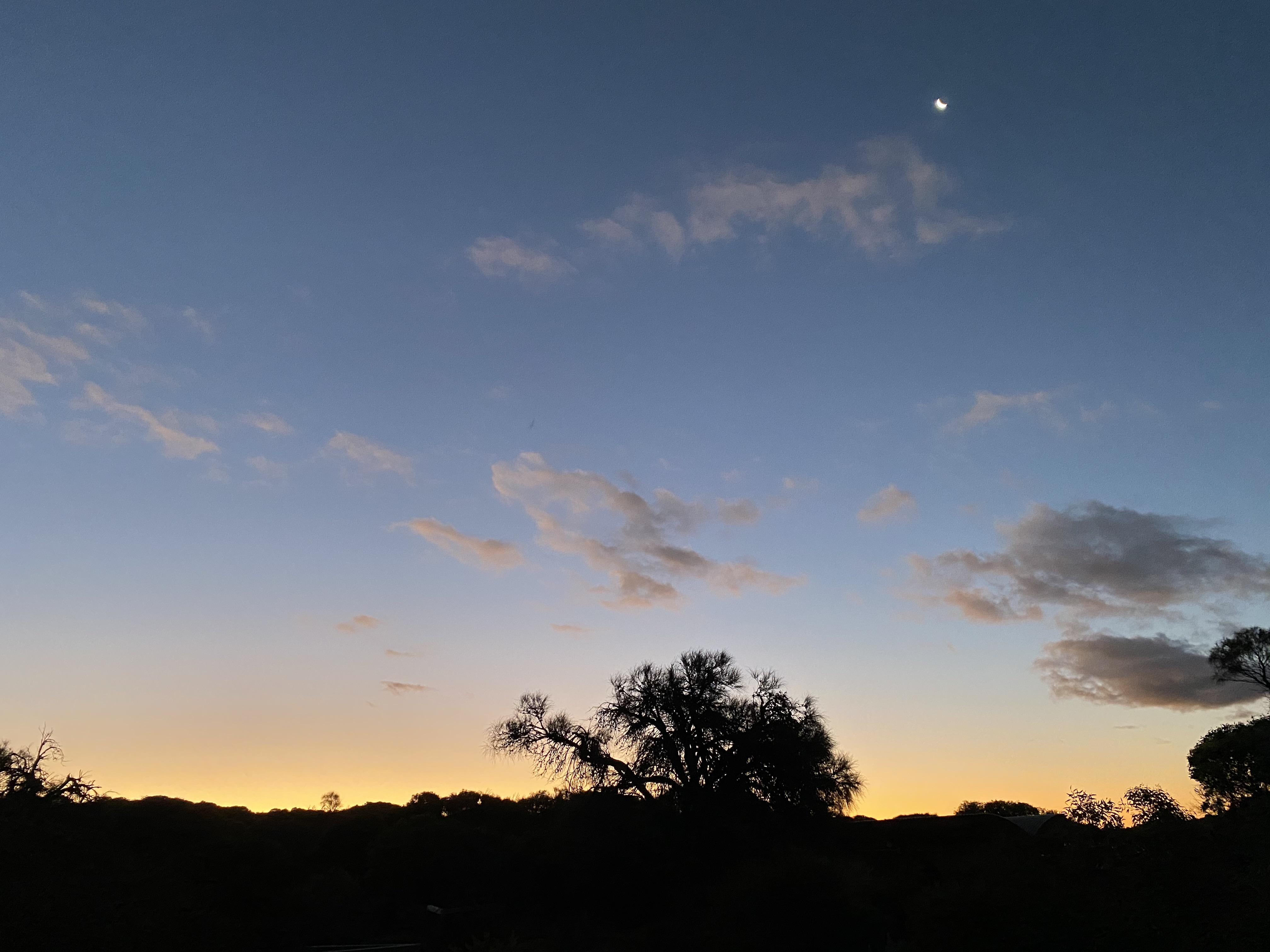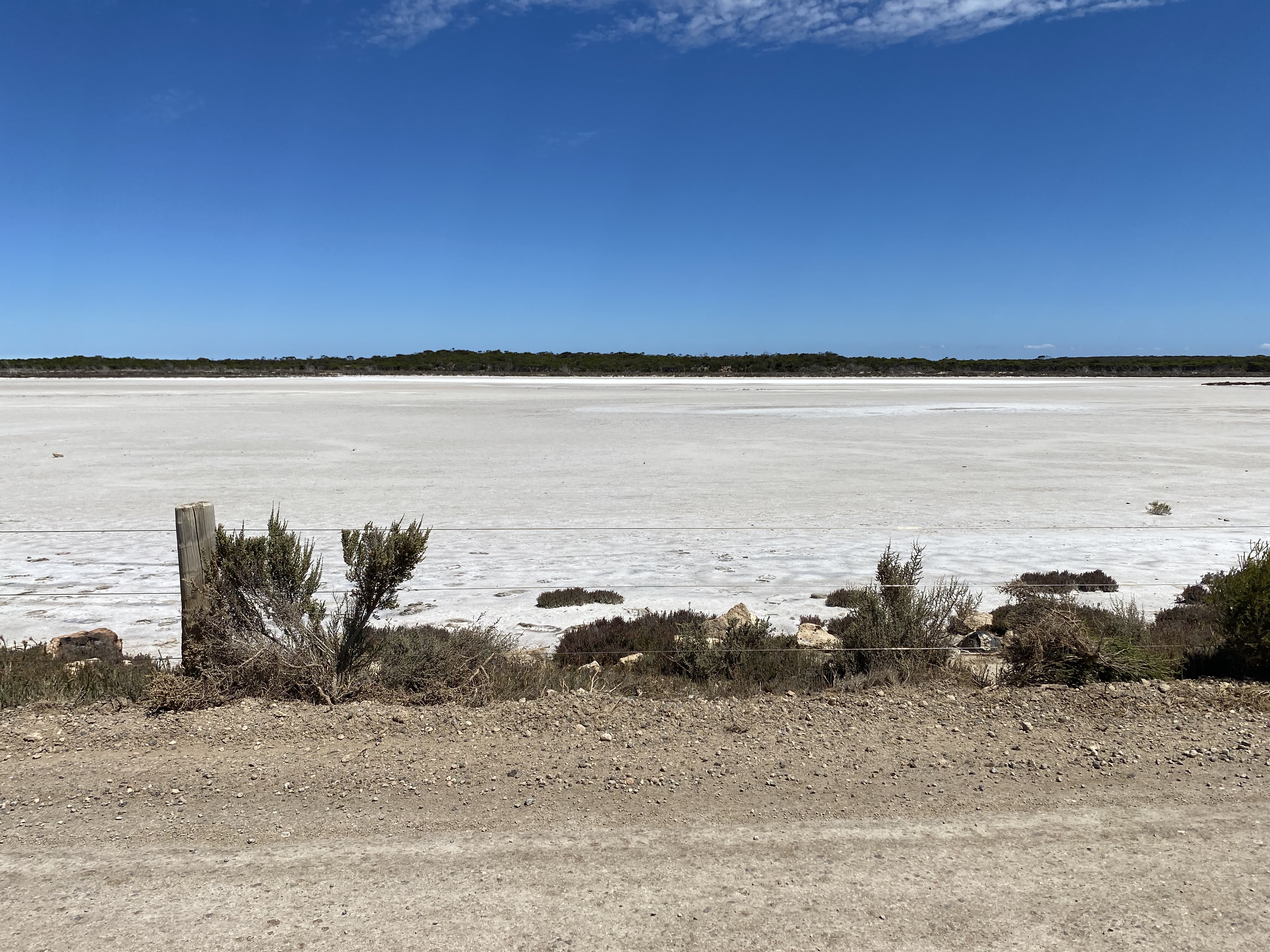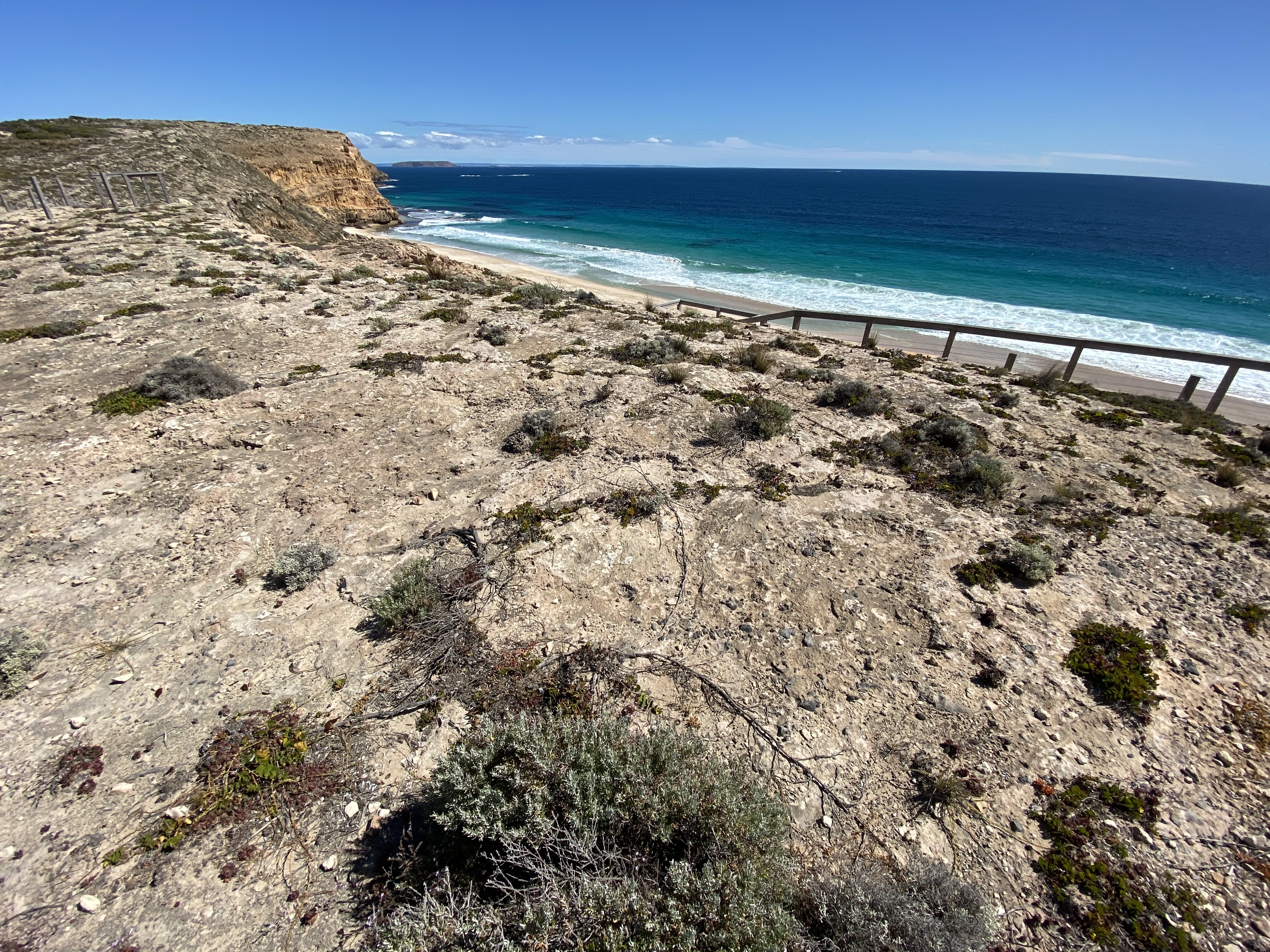Some peninsula
Nicholas Jose
![]()
![]()
It was never quite as the
crow flew. When we went on family holidays in those days, we would drive north from
Adelaide, then turn sharp left south down The Peninsula, and just keep going to
a place vaguely called The Bottom End. A lighthouse on its extreme tip marked the
southernmost point. The light guided ships through the passage between the
mainland and the islands off the coast, including Kangaroo Island. Captain
Matthew Flinders named that stretch of water Investigator Strait after his own
ship on 29 March 1802.
The craggy cliffs,
spectacular beaches, wild seas, and those islands receding into the blue made southern
Yorke Peninsula a good place for excursions. The area counted as remote in the
1960s after the demise of a gypsum mine that had been operating since the nineteenth
century and before it became the popular conservation park it is today. The
roads in were unreliable. It was easy to get stuck. You could make up your own
stories.
![]()
![]()
The most dramatic was ‘The
Wreck of the Ethel’, a multiple mishap in which the same ship was wrecked more
than once in the same place, as were other ships that came to the rescue. The
hulk abandoned on the beach aroused pity and terror, bespeaking the uncanny. Its
rusting anchor was a giant’s plaything, preserved on top of the cliff now while
the wreck it came from disappears into the sand.
More haunting still was the
story of The Chinaman’s Grave. It was a lone white structure on the headland
above the little port where gypsum from the mine was shipped out, with a plaque
that read:
Dao Thanh
Le Tonkinois
Died at sea
25-3-40
We nicknamed this
‘Chinaman’ Lay-o Down and wondered about him.
![]()
![]()
I later learned he was a
sailor on a French cargo ship that took the gypsum to Nouméa for use in plaster
for building. Dao Thanh was from Tonkin, then part of French Indochina, now
Vietnam: Indochinese, if you like, living in a French-speaking periphery of the
greater Chinese world, then at war. The Chinese character, xiān 仙 ‘immortal’,
is carved on the white headstone of the grave, white being the Chinese colour
for mourning. Dao Thanh was 27 when he was killed in a ship-board accident,
apparently knocked on the head by a moving sack of coal. His fellow crew were Tonkinese,
too, Buddhist, and objected to burial at sea for their compatriot. And so the
ship called in to Stenhouse Bay and a Buddhist ceremony was improvised onshore.
Dao Thanh’s body was carried down the long jetty and up the steep path to be
laid in its grave in a coffin made by a local carpenter. Officialdom did not
need to be notified. Later, the dead man’s family sent offerings to be placed on
the grave which you can still see there today: a wreath of ‘glass tears’. In
1997, the Vietnamese Community of South Australia added another plaque:
To commemorate
Dao Thanh
The first
Vietnamese to
Arrive at
Yorke Peninsula
South
Australia
There’s not much more
than that, except that travellers continue to visit the site, as pilgrims.
The British naval
practice of sea burial is alien to Chinese and Buddhist belief. Death by water is feared. Drowned souls become
hungry ghosts, looking to seize on surrogates among the living to take their
place. As Hong Kong author, P K Leung, writes:
There are dead souls roaming the Three
Worlds, and there are demons … wherever the sea meets the land. … If we can
offer prayers for the souls of the deceased, if we can release them from their
suffering and help them to cross over to a new dimension of being, then perhaps
we can hope to restore something of the orderly light of the cosmos.
Leung was moved by the
drowning deaths of 23 Chinese cockle pickers at Morecambe Bay in Britain in
2004, Chinese migrants in search of a better life. You may have seen Isaac
Julien’s immersive film installation, Ten
Thousand Waves, which connects
the tragedy of the drowned workers with Chinese myths of peril and protection
at sea, traversing time as well as maritime space.
As kids we played a game
called Seven Ways to Die about a spot near the Cape Spencer Lighthouse where
signs warned about the unstable clifftop and dangerous seas. The ground could
crumble beneath your feet. You could be bashed to death on the rocks below. You
could have a heart attack on the way down. You could drown. You could be eaten
by sharks. If you survived you would perish anyway from hunger and cold. Does
that make seven? Even buried on shore, the Chinaman’s presence seemed to trouble
those waters.
It was not the only
association with China along that coast. Near the shack where we stayed on
those family holidays was a place known as The Drain for a channel dug through
to the sea to remove swamp water from arable land. Chinese were said to have
smoked and dried fish and grown vegetables there. The movement of Chinese in
and out along Australia’s coasts is part of a history of Australia as it
intersects with the political and economic upheavals of China. The mobility of people
as well as goods along southern maritime trading routes was recurrent, although
not always in sight or welcome. It crosses the horizon of knowledge and
imagination as the gaze looks south.
At The Drain fresh water
comes up through the sand on the beach at certain times like the jets in a spa.
Fresh water comes up through salt water. A similar phenomenon occurs on the
western side of Arnhem Bay in East Arnhem Land in the Northern Territory. ‘It
is a sacred and restricted area where fresh water springs to the surface of the
beach in an area only exposed at low tide … In special ceremonies … a larrakitj,
a memorial pole, is placed over the mouth of this spring at low tide and the
water from this sacred font bubbles up over the top. This is a symbolic
cleansing of the land and people. A release of social tension caused by
festering dispute. A living manifestation of the ecstatic peace of harmonious
justice’, writes Will Stubbs of the cleansing work that Yolŋu artist, Garawan Waṉambi,
performs. It comes with ancient knowledge.
For many of us, stories
of the south are ancestral stories, born of separation, difference and
distance, yet capable of speaking to an ‘ecstatic peace of harmonious justice’.
The dream of an ancestral south, beyond land borders, that we can all perhaps
share.
![]()
Let me end with a shark
story from The Crossing by Luis
Cardoso, a writer who grew up in East Timor around the time I was growing up in
South Australia on Kaurna and Narrunga land. His father, a nurse, was assigned to
work on the prison island of Atauro, offshore from Dili. The family makes the
crossing at night along with a political prisoner and a guard or pacifier who
was a former African freedom fighter deported from Mozambique. The old Timorese
steersman in charge of the boat blows a conch to ‘call for a supernatural being
to fill the sails’. The author, still a child, watches as Simao, the nervous prisoner,
sees ‘lights approaching the boat, the gleaming eyes of the fish, the young
tuna and the sharks that rubbed against the wooden hull.’ His face fills with
fear. “It’s all right,” says the old man. “They’re less dangerous than men.
They know everything. They’re the ones who guide the boat. They follow the sea
currents. We learn how to navigate from them.”
‘It was said that no
native of Atauro had ever been attacked by a shark, unless he or she was under
a curse or had offended some custom, creature or ancestor.’
Night passes. The sun
comes up. They make it. The old man wakes the prisoner from his sleep and tells
him to wash. Cardoso writes:
As he leaned over, he saw a shape in the
blue depths, as long and white as a scimitar. Hands poised above the water, he
stared at the shark coming in his direction. He remained absolutely still. The
shark stopped inches from the surface. They looked at each other hard, like two
passers-by trying to remember where they had seen each other before, flipping
quickly through their respective memories. Then the shark performed a
pirouette, as if to show itself off, and swam away. Before disappearing
completely, it turned one last time to study Simao’s attitude and expression. …
“He wanted to meet you.” … It was the old man’s voice. “You’ve just received
your first visit from my ancestor. A courtesy call if you like.”
In that spirit I invoke
the name of the Chinaman.






